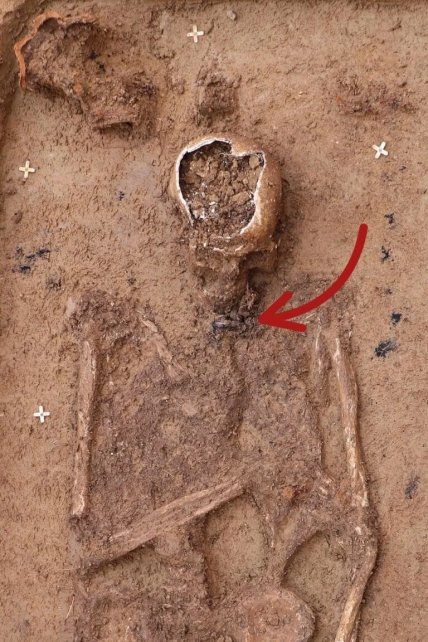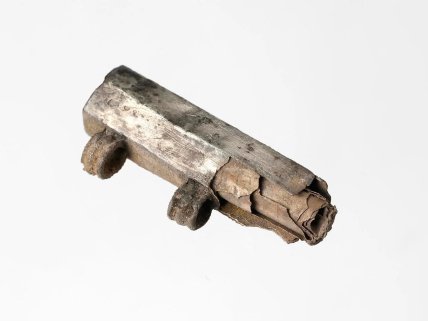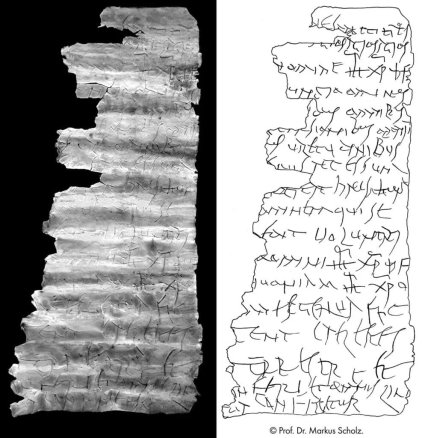Will the history of Christianity be rewritten? Scholars have uncovered a significant relic (photo).
Archaeology can alter our understanding of the spread of Christianity. A silver amulet was discovered in a grave that is 1,800 years old in Germany. It contained a Christian prayer. Historical sources hinted that Christian communities may have existed in this part of the Roman Empire during the 2nd and 3rd centuries, but tangible evidence has only emerged decades later.
The found artifact dates back to approximately 230-270 AD. It was unearthed at the site of the ancient Roman city of Nida during excavations carried out in 2017-2018. Alongside burial items such as a censer and pottery, archaeologists found a small twisted piece of silver foil beneath the man's chin. This amulet, known as a phylactery, is a container designed to protect its owner through its contents. Measuring just 3.5 centimeters in length, the amulet contains a thin sheet of silver foil tightly rolled.


The inscription stamped on the silver foil of the amulet was deciphered using advanced computed tomography technology at the Leibniz Center for Archaeology (LEIZA) in Mainz. This non-invasive method allowed researchers to digitally "unroll" the fragile scroll, which would have disintegrated if handled manually. The digital imaging process revealed an 18-line Latin text that contained exclusively Christian content—a rarity for that period.

Significance of the Discovery
Typically, amulets from this era featured a mix of Christian, Jewish, and pagan elements. However, the absence of any references to Yahweh, angels, or pagan deities in this inscription emphasizes its distinctly Christian nature. The discovery of this amulet in Nida, a city that once served as a cultural and administrative center of Roman Germany, indicates that Christian ideas had already begun to permeate the region.
Previously, "Telegraph" reported on the discovery of an artifact in Turkey that is over 4,000 years old. It is made from a material that is rare for the region.